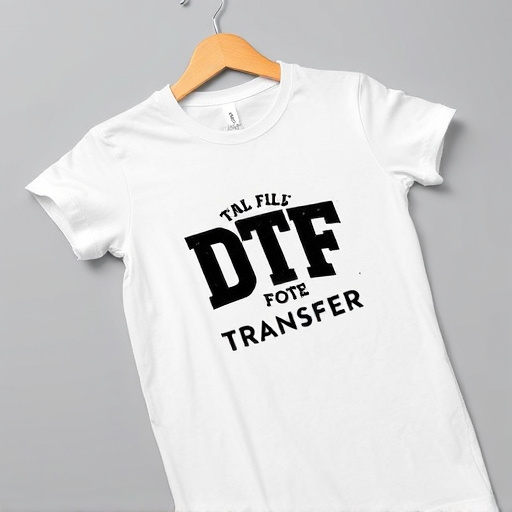This text compares two vehicle acquisition methods: dealer pricing (based on MSRP with built-in margins) and independent pricing (market-driven). Dealer pricing offers structured, transparent costs including warranties but potential markups. Independent pricing allows negotiation and potentially lower costs, particularly for professional intake installation cost labor, requiring more buyer effort. When choosing, consider expertise level: dealers provide bundled solutions while independents offer separated labor/installation charges at competitive rates. Evaluate specialized knowledge against savings for your project needs.
In the realm of project management, understanding pricing models is crucial. This article delves into the core differences between dealer and independent pricing strategies, shedding light on their unique advantages and disadvantages. We explore how these models vary in terms of professional intake, installation costs, labor rates, and more. By considering factors such as service quality, budget constraints, and project scope, businesses can make informed decisions when choosing between dealers and independents for their projects.
- Understanding Dealer and Independent Pricing Models
- Advantages and Disadvantages of Each Approach
- Factors to Consider When Choosing Between Dealers and Independents for Your Project
Understanding Dealer and Independent Pricing Models

Dealer pricing, often referred to as manufacturer suggested retail price (MSRP), involves automobile dealers setting a standard price for their vehicles based on recommendations from the manufacturer. This model includes built-in profit margins and considers factors like professional intake installation cost, marketing expenses, and labor charges associated with preparing the vehicle for sale. On the other hand, independent pricing, also known as market-based pricing, is driven by supply and demand dynamics. Independent retailers or sellers price their vehicles based on what similar models are selling for in the open market, taking into account intake installation cost and labor rates relevant to their specific location.
Understanding these two approaches is crucial when purchasing a vehicle as it influences not just the final price but also the experience of buying. Dealer pricing offers a structured and transparent framework while independent pricing empowers buyers with more flexibility and negotiation room. Both models have their advantages, catering to different preferences and needs of consumers in the automotive industry.
Advantages and Disadvantages of Each Approach

Advantages and Disadvantanges of Each Approach
Dealer pricing, often characterized by fixed rates, offers clients a clear, straightforward path for vehicle acquisition. This approach simplifies the buying process, making it attractive to car buyers who seek transparency and convenience. Additionally, dealers typically provide warranty coverage on vehicles, enhancing customer confidence, especially for first-time buyers. However, dealer pricing can be less flexible, as markups and additional fees might inflate the final cost, including professional intake installation labor.
Independent pricing, on the other hand, provides more room for negotiation. Buyers can directly engage with sellers, often resulting in lower prices, especially when haggling over the intake installation cost of specialized or custom parts. This approach is appealing to those seeking the best value for their money. Yet, it requires more diligence and time from the buyer to research market rates and assess the quality of the seller, potentially increasing the labor costs associated with due diligence.
Factors to Consider When Choosing Between Dealers and Independents for Your Project

When deciding between dealers and independent contractors for your project, several factors come into play. One key consideration is the structure of their pricing models. Dealers often offer a one-stop solution, including product and professional intake, with prices bundled into a single cost. This can be convenient but might not always reflect the true breakdown of expenses. On the other hand, independent contractors provide transparency in pricing by separating labor costs from installation charges.
Another important aspect to evaluate is the expertise and service offered. Dealers typically specialize in specific product lines, ensuring they meet manufacturer standards for installations. However, independents may offer a broader range of services, especially if they are well-established professionals. When comparing options, weigh the importance of specialized knowledge against potential savings from choosing an independent who can handle various tasks, including installation and labor, at competitive rates.
When deciding between dealer and independent pricing for your project, it’s crucial to weigh the advantages and disadvantages of each approach. Dealer models offer benefits like specialized knowledge and warranty support, while independents provide flexibility, lower overhead costs, and personalized service. Key factors to consider include the specific project requirements, budget constraints, and desired level of post-installation support. By carefully evaluating these aspects, you can make an informed choice that aligns with your needs, ensuring a successful intake and installation process with competitive labor costs.














